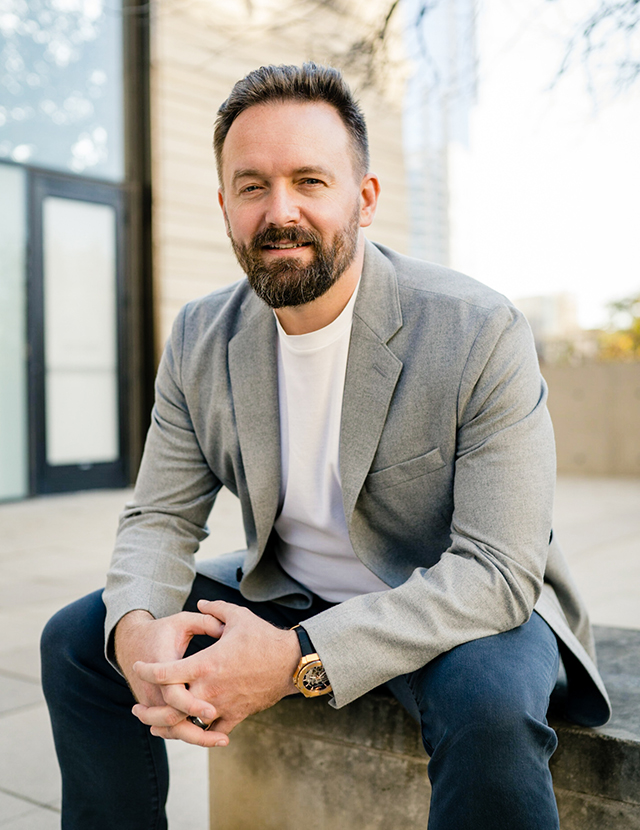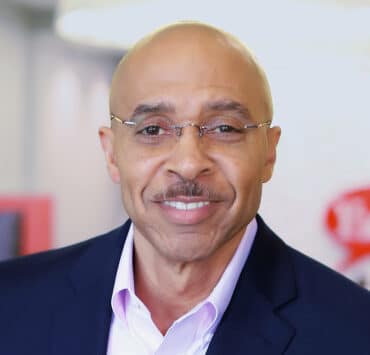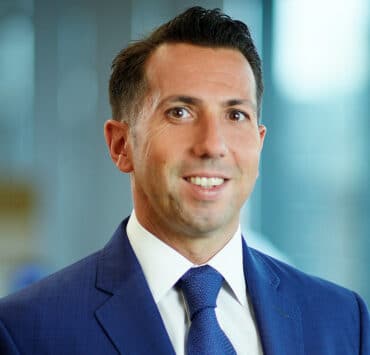|
Getting your Trinity Audio player ready...
|
There’s no sleight of hand when it comes to recurring revenue and automation guru Igor Krasnykh’s founding and creation of PowerSync. The company sits at the forefront of right-sizing Adobe Commerce (formerly Magento) and Salesforce technologies for companies big and small. But, like any good magic trick, the timing was perfect.
Krasnykh had ping-ponged back and forth between the corporate world and entrepreneurship—his true hope to create something himself. In one of his last projects at a former employer, he was asked if he could find a way to help migrate data from Magento to Salesforce. This was the informal founding of PowerSync, he just didn’t know it yet.

Krasnykh ultimately pivoted his focus to building a more generic, robust, and flexible solution that could benefit other merchants. He spent a few weeks crafting the new integration and posted it for sale on the Magento Marketplace, a hub where developers upload apps to be used to extend the Magento platform. He made two sales in the first month.
“Two different companies bought my product,” Krasnykh says, a small sense of pride still evident all these years later. “PowerSync was almost created by accident.”
Business was good, but it was still his side project. If he had the opportunity to pitch his integration solution, it would have to be on a weekend, his lunch hour or, more likely, not happen at all.
If he put his company up for sale prior to focusing on the business full-time, Krasnykh knew there would be buyers, but the valuation of the business would be fairly small. The founder and CEO of PowerSync knew the time had come to make the scariest leap any entrepreneur can do, the all-or-nothing bet.
“At that point, I understood that the business I had created heavily depends on me,” Krasnykh remembers. “When you talk about business valuations, the amount of work I was doing and the different hats I was wearing made me an indispensable part of the company. If I wanted to do this right and grow this company, I would need to build a mechanism that can operate without me someday.”
And PowerSync grew. At first it was one new developer; now there are entire teams. The company was able to become Krasnykh’s sole focus in 2019.
“If I wanted to do this right and grow this company, I would need to build a mechanism that can operate without me someday.”
Igor Krasnykh
According to Krasnykh, what makes his organization different than its competitors is rooted in empowerment. PowerSync looks to educate its customers on the best practices and guide them to implement solutions that can scale globally.
Sometimes the solutions are uncomfortable. In fact, Krasnykh built PowerSync as a refutation to unhappy customers blaming an outcome they didn’t want as one they didn’t need. Transparency is key, he affirms, and it’s his mission to help customers define their minimal viable product and understand that not everything they want is possible within their allocated budget.
“I know it hurts our business at times, but there are many times when we have to say no,” the CEO explains. “If you are asked to build a car [and] the budget is only one hundred dollars, some agencies will jump at the chance without asking any questions, and deliver something straight out of the Flintstones: a vehicle you have to push with your feet.”
While some might balk at their vision being reconsidered, Krasnykh counters that he’s challenging his customers to think differently.
“We choose customers who put their end-users in the center, customers who want their end-users to have the best-in-class experience with their brand, customers who want to provide value to their end-users again and again,” he describes. “I want to be proud of the work, products, and services we deliver. Unfortunately, that can be an outlier in our [industry].”
Krasnykh understands being an outlier. He emigrated with his family to the United States from Russia in 1997 while he was still in high school. He racked up community college classes in technology and digital design, only to realize that he could learn more at his own faster pace.
He learned by doing, first through a small start-up with a friend, then increasingly complex tech roles in the corporate world before stumbling upon then-Magento and Salesforce. These platforms would ultimately shape the rest of his career up to this very moment.
“We choose customers who put their end-users in the center, customers who want their end-users to have the best-in-class experience with their brand . . . I want to be proud of the work, products, and services we deliver.”
Igor Krasnykh
One of PowerSync’s defining moments that would shield, if not enhance, the company’s financial health during the pandemic was shifting to a recurring business model. The move was recommended by an interested party from Finland that he met while on vacation in Mexico. Krasnykh admits he was surprised how well the recurring business model ended up working for his growing company.
“This person believed in my business and told me that if the loss due to the shift towards a recurring model would remain after six months, I could switch back and he would compensate the difference,” Krasnykh remembers. “The first six months, our sales declined between 30 and 40 percent. Can you imagine that? The [next] three months, sales spiked, and we had broken back even, and things just continued to get better. It revolutionized our business.”
While PowerSync has continued to expand, its abilities to react nimbly and immediately are still among its hallmarks. Krasnykh says too many businesses have a culture that is resistant to change. While he understands the hesitance, it’s not the way PowerSync operates. In the fiery debate over what automation means for the future, the CEO only sees possibilities.
“I see more value than fear,” he explains. “You can either see how much time and money implementing automation will take from your bottom line, or you can see the additional revenue that will ultimately be generated and the more meaningful work you’ll allow your people to engage in. We want to be on the edge of possibility. That’s where we want to live.”














